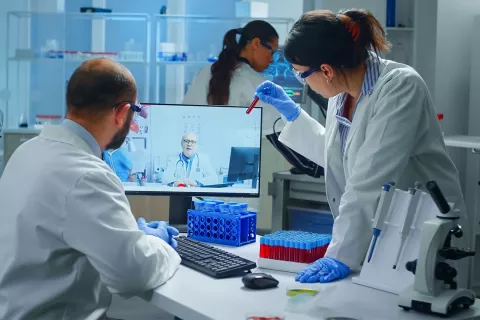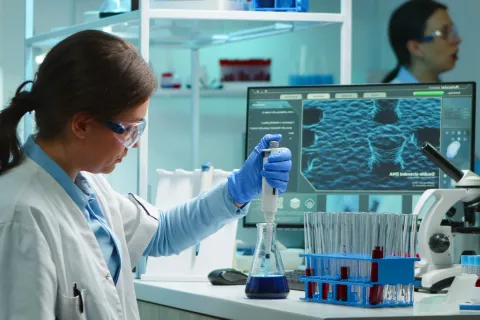Finished drug products contain minute amount of impurities which find their way into drugs at various junctures of manufacturing. They can be residual catalysts from synthesis or might get picked when in contact with manufacturing equipment, containers or other sources. These impurities are generally referred to as ‘Elemental Impurities.’ Their presence in drugs is deemed subject to regulation, as they do not contribute to the ailment and can, at times, lead to potential harm.
Hence, to curb these impurities, the United States Pharmacopeia (USP) has imposed certain limits based on guidelines offered by the ICH (International Conference for Harmonization) Q3D. These guidelines are deemed applicable from January 1st, 2018 for all drug products. Any applicant submitting new NDAs and ANDAs for non-compendial drug products, too, should follow these recommendations.
What are these recommendations?
- All the drug products that are either manufactured or sold must be tested and reported for elemental impurities
- All nutraceutical products must comply with the set limits while identifying various organic and inorganic elements
- They must comply with the permitted daily exposure (PDE) limits for 15 elemental impurities
- They must individually quantify arsenic, cadmium, lead, and mercury
- In case of suspicion, testing for additional toxic metals (even for the ones not included in USP list) must be done
The manufacturers are at their liberty to choose the methodology and procedures of testing as long as the processes are scientifically acceptable analytical methods.
The FDA has also issued a draft guidance based on ICH recommendations in September 2015. They have added 9 more toxic metals to the list of 15 impurities listed by USP making it 24. They have specified limit of exposure for all these listed impurities. The guidance delves further discussing the analytical methods, validation procedures, and whether or not they must be mentioned in the Drug Master Files (DMFs).
While the Elemental Impurities Limit General Chapter is applicable from 1st January 2018, the FDA has provided till December 2018 for all existing products. This gives manufacturers additional timeframe to prepare the manufacturing facilities to align with additional Good Manufacturing Practices recommended under the purview of this mandate.
With three associations involved and multiple recommendations made, the exact criteria to be met is a tough chart to draw. The recommendations provided are complex and decoding them needs experienced Regulatory support. Despite 3 years of time, the number of rejections of NDAs for generics has increased ever since the mandate has come to action, implying tougher regime. A thoroughly versed Regulatory compliance expert can accurately outline the process involved, please get in touch for more details.










